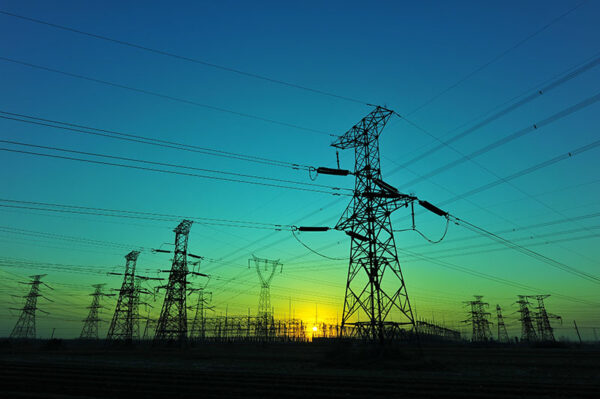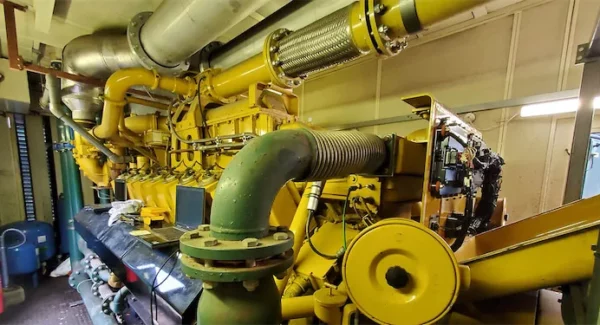We need an electricity grid that works for businesses
The warehouse and logistics sector has seen unparalleled growth over the past decade, with the number of business premises used for transport, logistics and warehousing in the UK almost doubling in the last decade. This is even more impressive when looked at in context of other sectors, the second fastest growing sector, business administration and support services only managed to a achieve a mere 54 per cent growth rate in comparison.
One of the reasons behind such a high-level of growth is due to the pandemic, and an overnight shift in the way people bought goods. There is a however, a threat to such levels of growth – the electricity grid.
Here’s a fact that may surprise you – electricity generation fell to a record low in 2021, down 1.2 per cent from the previous year. Electricity demand didn’t fall, with the economy starting to recover from the impact of Covid 19 and the move to decarbonisation that encourages the electrification of heat and transport through technologies such as heat pumps and EVs. For businesses in the logistics and warehousing sector, up to 71 per cent of demand for electricity is attributable alone to electric lighting for the average 15,000m2 ambient warehouse.
The difference between supply and demand for energy in 2021 was of course met with high net imports, which in the following year became a major talking point following the crisis in Ukraine as Western Governments sought to improve their energy security.
While we are turning the corner to a solution on both energy security and net zero through the advancement of domestic renewable generation, the main problem that sticks out is the lack of grid capacity to maximise these advantages.
Renewable energy generators across the UK all have anecdotes at their fingertips of implausibly long wait times of up to ten years for connection to the grid, which is holding back the growth of the sector. For instance, about 600 projects with combined capacity of 176GW are in the queue in England and Wales, according to National Grid, against 64GW of connected capacity.
Many businesses are aware of the specific benefits of onsite energy generation – taking advantage of generous roof spaces on warehouses and depots to install solar arrays with batteries to maximise full potential use and reducing their energy costs which remain stubbornly high. This approach allows them to take control of their energy, while sometimes using renewable energy generated elsewhere to cover demand. At this point, without relying on a private wire, these businesses need an electricity grid with the capacity to realise their ambitions.
Unlike households, businesses cannot simply perform the equivalent of turning down their thermostats, as electricity is an essential part of business operations. They can, however, employ the cost-effective solution of automatic monitoring and targeting (AM&T) systems, which provide valuable data for driving efficiency. Additionally, HVAC systems typically account for up to 60 per cent of energy consumption in commercial buildings. By installing or optimising Building Management Systems (BMS), significant carbon and monetary savings can be achieved. Intelligent energy management systems ensure a building is using energy as efficiently as it can be. This can be as simple as automatically turning off lights and closing doors in rooms that are empty, or controlling heating and hot-water to ensure it is optimised to its full potential.
Other innovations include transferring energy from one site to another in a businesses portfolio, capitalising on building units as far as their supply chain stretches across the UK and internalising their energy usage with immediate cost reductions.
An intelligent balance of efficiencies and onsite generation could give businesses an advantage in battling their energy bills, but we need more to tackle root problems. With the transport and storage sector set to grow even further, we need to see improvements to grid capacity that meet those ambitions.
At YLEM Energy we regularly get questions from businesses in the UK on what the National Grid is and does and how it affects their onsite power generation requirements.
We have gathered the most common questions that these businesses have asked us to compile an infographic that power generation businesses can use to gain a greater understanding on the subject.
Some of the topics that are covered within this infographic are:
- National Grid Electricity Transmission control centre – balancing supply and demand
- DNOs and IDNOs
- Types of grid connection offers
- Why do I need a grid connection if I’m not planning to export any power?





